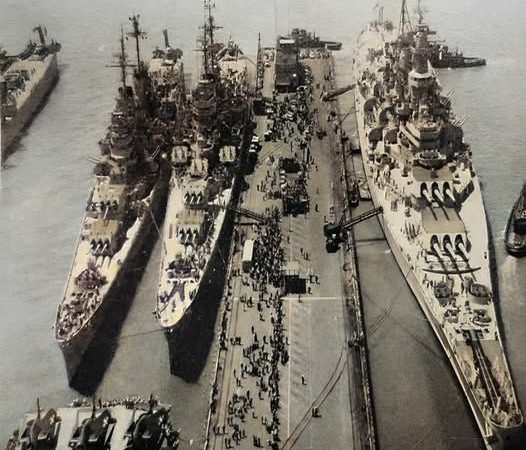Russian Naval Operations: Soviet Replenishment Oiler BEREZINA Refuels Aircraft Carrier KIEV and Guided Missile Warships Simultaneously
During the height of the Cold War, the Soviet Navy was a formidable force, maintaining an expansive fleet to counter NATO’s naval strength. Central to the effectiveness of their operations was the ability to sustain combat fleets far from their home ports. One of the most notable instances showcasing the logistical prowess of the Soviet Navy was when the replenishment oiler Berezina refueled the aircraft carrier Kiev and guided missile warships simultaneously.

The Berezina, a Pr. 1833 replenishment oiler, was a unique ship designed specifically for multi-tasking logistical support at sea. Unlike conventional oilers, the Berezina could resupply multiple vessels with fuel, food, water, and ammunition simultaneously, which was vital for maintaining the operational readiness of Soviet naval groups. Equipped with advanced transfer systems, the Berezina had the capability to operate in various sea conditions while supporting large formations of naval vessels, a crucial factor for the Soviet Union’s global maritime ambitions.
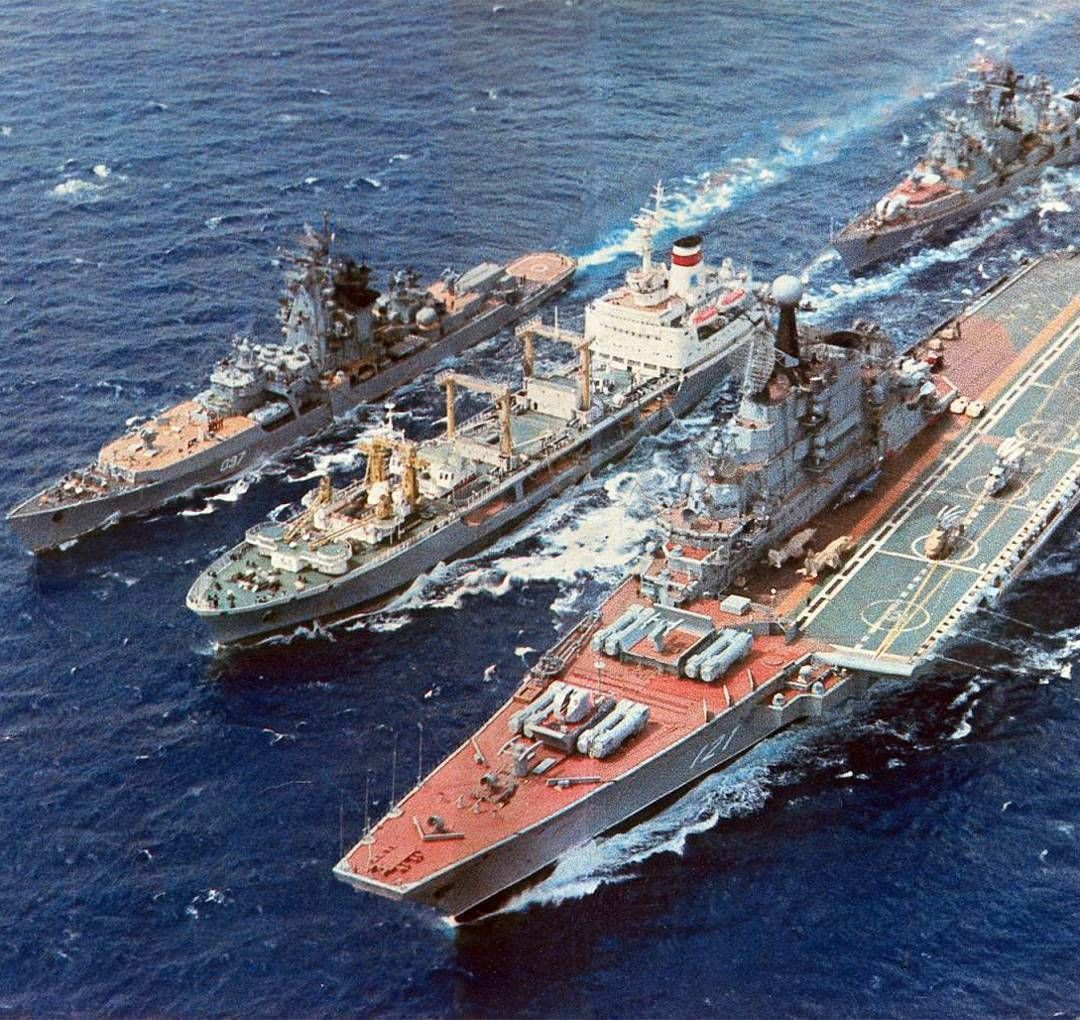
The Kiev, a hybrid aircraft carrier and guided missile cruiser, was the flagship of the Kiev-class aircraft carriers. These ships, designed to carry vertical/short take-off and landing (V/STOL) aircraft and helicopters, as well as powerful anti-ship missiles, were a centerpiece of Soviet naval strategy. The Kiev was often accompanied by guided missile warships, which provided protection and additional offensive firepower during naval deployments.
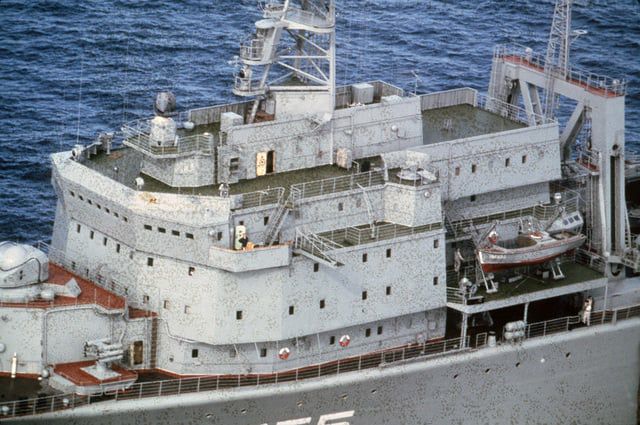
The operation in which the Berezina refueled the Kiev and its accompanying guided missile warships illustrates the complexity and coordination of Soviet naval logistics. Refueling a carrier and multiple warships at once required precision, as any miscalculation could disrupt the operation or risk collisions in close proximity to the vessels.
The simultaneous refueling of these vessels exemplified the Soviet Navy’s doctrine of sustaining high-tempo operations, even in remote and contested waters. With NATO forces closely monitoring Soviet activities, such demonstrations of logistical efficiency were intended not only to ensure combat readiness but also to project power and deter adversaries.
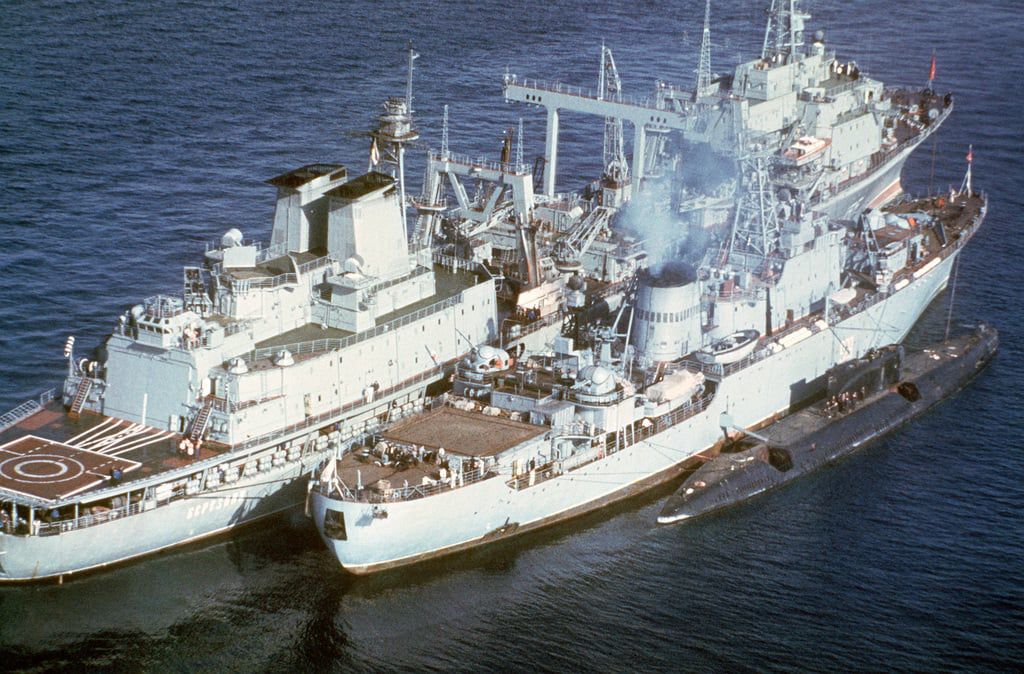
This naval operation highlighted the Berezina’s role as a linchpin in Soviet naval strategy. Its ability to supply multiple ships simultaneously extended the operational range of Soviet naval task forces, allowing them to remain at sea for extended periods without the need to return to port. This capability was especially important for Soviet forces operating in distant theaters such as the Mediterranean, the Atlantic, or the Pacific, where quick resupply was critical.
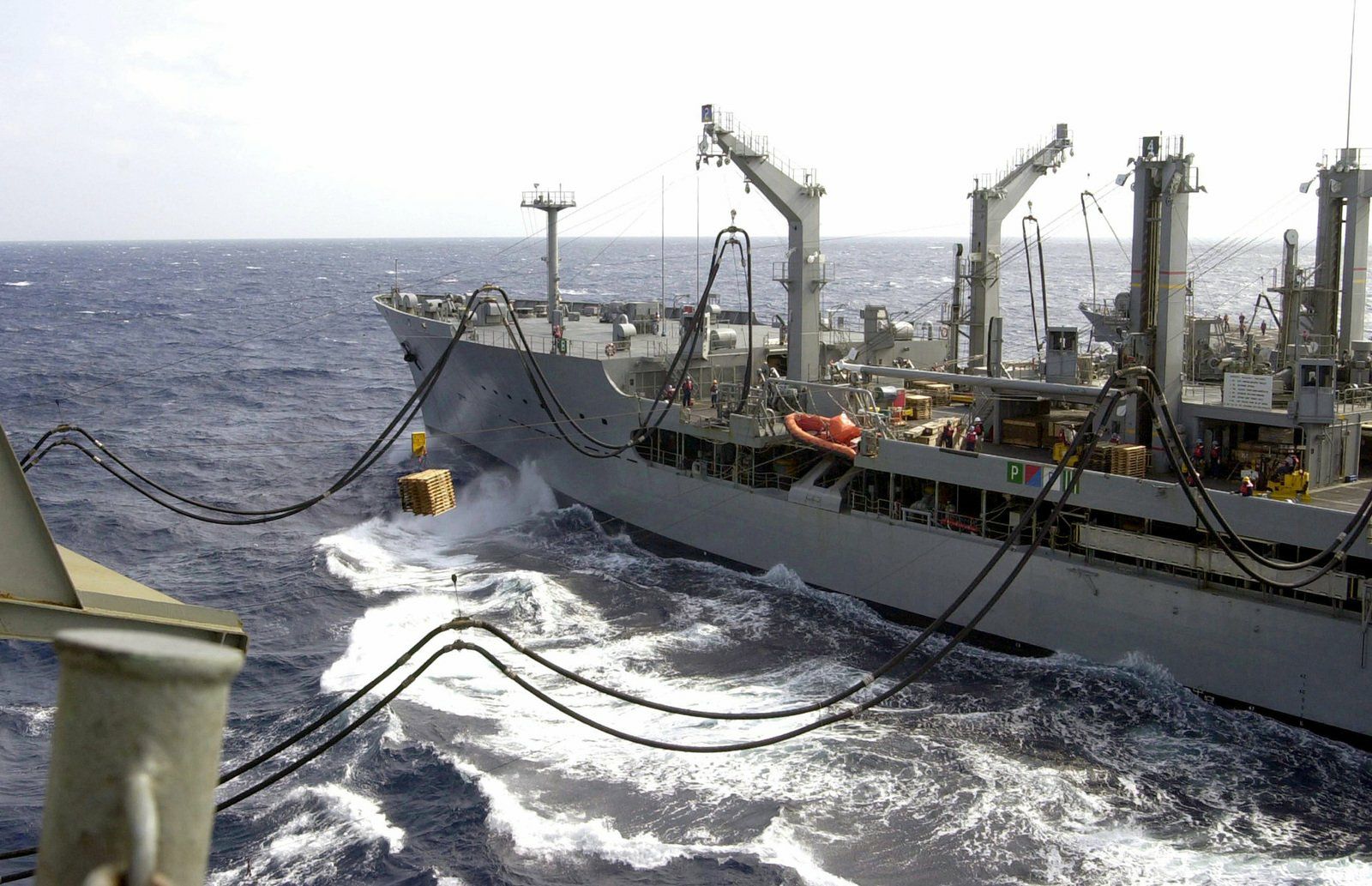
The replenishment operation involving the Berezina, Kiev, and accompanying warships underscores the Soviet Navy’s commitment to maintaining a robust global presence during the Cold War. The logistics, coordination, and technology involved in such operations were a testament to the Soviet Union’s naval ambitions and its determination to compete with Western naval powers on the world stage.



